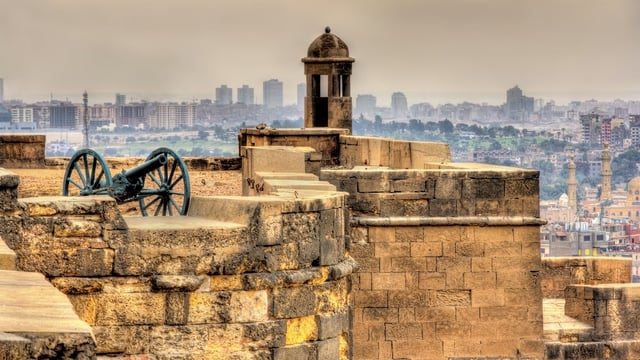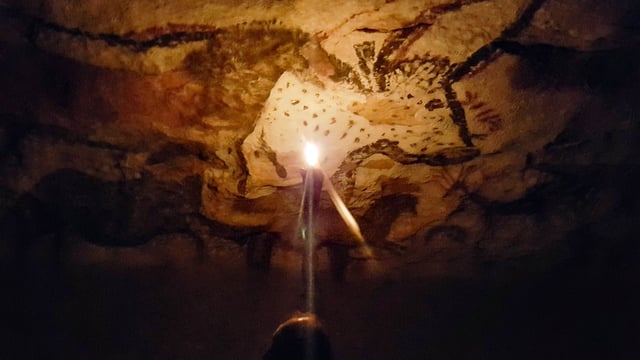- Thomas Dowson
- Last Checked and/or Updated 11 February 2022
- No Comments
- Bulgaria, Itineraries
The archaeology of Bulgaria is every bit as spectacular and interesting as any of the more popular destinations for exploring the past such as Italy, Greece or Turkey. Bulgaria is certainly one of the more historically diverse areas in Europe. On the Black Sea coast archaeologists have found the oldest worked gold in the World – dating back to the later Neolithic. Bulgaria is known for its extraordinary Thracian tombs and treasures, unique to this region. Once part of the Roman and Byzantine Empires, there is an extensive network of archaeological sites from these periods. And the Bulgaria Empires left their mark with numerous striking Medieval fortresses.
This ten day tour takes you to some of Bulgaria’s more spectacular sites and museums, starting and ending in Sofia, with a round trip to the cities on the Black Sea coast in the east. Although you do not visit the various sites and museums in chronological order, the choice of attractions shows the breadth of cultural traditions of the last 8,000 or so years, from an extraordinary Neolithic house to 19th century religious communities.
Arrive Sofia: stay at Hotel Arena di Serdica; a five star hotel built on the remains of Sofia’s Roman amphitheatre.
Day One: Explore the beautiful city of Sofia. Among the most impressive sites are the Alexander Nevski Cathedral dominating the city, the Church of St. George Rotunda, the best preserved Byzantine building in Sofia, the Russian church of st. Nikolas, Banya Bashi Mosque, the ruins of ancient Roman Serdica at the Metro station and Parliament buildings. Our tour will also take in the National Archaeology Museum, which displays some of the most significant bronze, silver and gold treasures found in Bulgaria. After lunch we head to Boyana district in the footsteps of Vitosha Mountain to visit National History Museum.
Day Two: After breakfast leave Sofia for the beautiful Rila Mountains – the highest mountains in the Balkans, with Peak Musala at 2925 metres above sea level. Here you can visit Bulgaria’s most iconic attraction, the Rila Monastery. Founded in the middle of the 10th century by St. Ivan of Rila, the monastery has played a vital role in preserving Bulgarian culture and language. We will see the monastery church with its stunning frescos painted by the best of Bulgaria’s 19th century artists. The monastery is also well known for Rafael’s Cross – an impressive wood-carved miniature cross measuring 81 by 43 cms, depicting 104 religious scenes with over 650 figures. On our return to Sofia visit Boyana church to see the 13th century frescoes.
Day Three: After checking out of your hotel drive to Plovdiv, Bulgaria’s second largest city – designated European capital of culture in 2019. Plovdiv has a history stretching back thousands of years, at times contemporary with the likes of Troy and Mycenae. There are ruins from Roman, Ottoman and Bulgarian Revival periods. During our city tour we will visit the remains of the Roman forum, stadium and theatre dating back to the 2nd century AD. In the Trakart museum we will see well-preserved Roman mosaics. Also included on the tour is the Small Basilica of Phillipopolis – one of Plovdiv’s most distinctive landmarks. While strolling down quaint cobbled streets of the old town you will see the strikingly beautiful Revival houses and churches. Don’t miss the Church of St. Konstantine and Elena and The House of Hindliyan.
Day Four: From Plovdiv head for the Bulgarian coastline on the Black Sea and the town of Nessebar – a gem of the Bulgarian seaside. An old fisherman’s settlement, Nessebar is located on a rocky peninsula and there will be an opportunity to enjoy a great seafood lunch. Rich in history the old town has numerous Byzantine and Revival period churches. There is ample time to see at least three, the Church of St. Steven, the Church of St. Spas, and the Old Metropolitan church. Continue north to Varna – the ‘marine capital’ of Bulgaria and the largest administrative, business and cultural centre on the Black Sea coast.
Day Five: In the morning explore the city of Varna. Must see attractions include the Assumption of Virgin Mary Cathedral, the Roman thermal baths, as well as the Varna Archaeological Museum with its most celebrated exhibit of gold artefacts- widely acknowledged as the oldest worked gold in the world (circa 4600 BC). After lunch visit the Museum of Mosaics in Devnya, which is built on the site of a later Roman villa.
Day Six: Leave the Black Sea for the Medieval capital city of Veliko Turnovo. There are two recommended stops along the way. The first at the Monument of Madara – an extraordinary carved figure of a majestic horseman thrusting a spear into a lion cut into the cliff-face thought to be dated to 710 AD. And the second stop is the Monument of Shumen, a large concrete monument dedicated to 1300 years of Bulgarian history. This is one of the most important and grandest examples of Socialist art and architecture.
Day Seven: Begin the day exploring the impressive fortress of Tsarevets, with its ruins of the medieval capital of Bulgaria. Afterwards, walk along the picturesque Samovodska Street, the most famed market street of Veliko Turnovo. It was here that people sold their home-made products in the 19th century. Then make a short trip to Stara Zagora, where you can explore wonderful Roman remains, including the well-preserved forum and the mosaics under the Regional History Museum. But do not miss the spectacular Neolithic Dwelling Museum, with its exquisite and extensive collection of Neolithic figurines, then ending the day at the Museum of Religions.
Day Eight: Today is all about the Thracians. Visit various sites in what is called the ‘The Valley of the Thracian Kings’. We will see some of the some of the finest examples of Thracian burial tombs such as the Goliama Kosmatka tomb, and the beautifully decorated Kazanluk Tomb (visit the replica as the original is closed to the public). This region is World famous for its rose farms and the production of rose oil – a tradition that is thought to have its origins in Thracian times. Add a rose distillery to your list of things to do and learn more about the rose oil industry in Bulgaria before heading to the nearby town of Hissarya, or Diocletianopolis in Thracia as the Romans called it.
Day Nine: Start the day exploring the mineral spa town of Hisarya, known to the Romans and Thracians and Diocletianopolis in Thracia or Augusta Trayana. Then head back to Sofia, stopping at the historic town of Koprivshtica in the heart of the Sredna Gora mountains. Besides being the birthplace of many Bulgarian revolutionaries and poets, the mountain village was declared an architectural and historical reserve in 1952. There are 388 architectural, historical, artistic, and ethnographic buildings of special interest.









